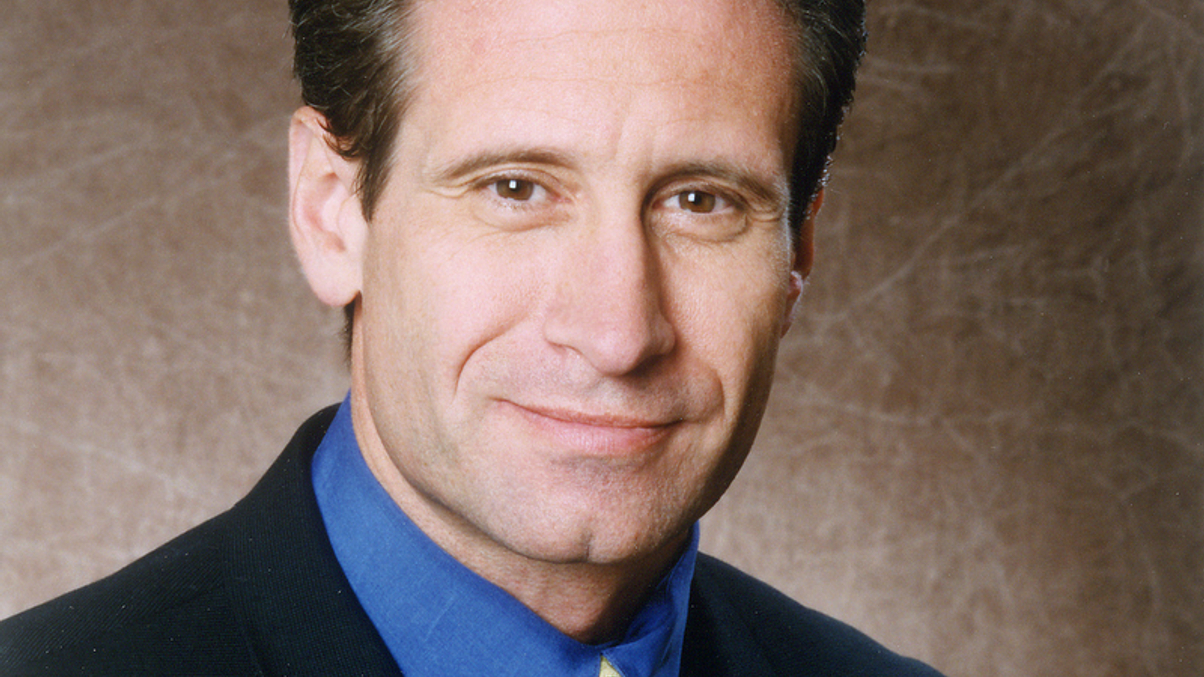Tensions rise between central banks and SWFs
Asian central banks’ growing tendency to diversify is further straining relationships with their sovereign wealth funds.

Central banks in Asia – as elsewhere – are increasingly looking at new types of investment* with a view to diversifying their exposure and boosting returns.
Sign In to Your Account
Access Exclusive AsianInvestor Content!
Please sign in to your subscription to unlock full access to our premium AI resources.
Free Registration & 7-Day Trial
Register now to enjoy a 7-day free trial—no registration fees required. Click the link to get started.
Note: This free trial is a one-time offer.
¬ Haymarket Media Limited. All rights reserved.


